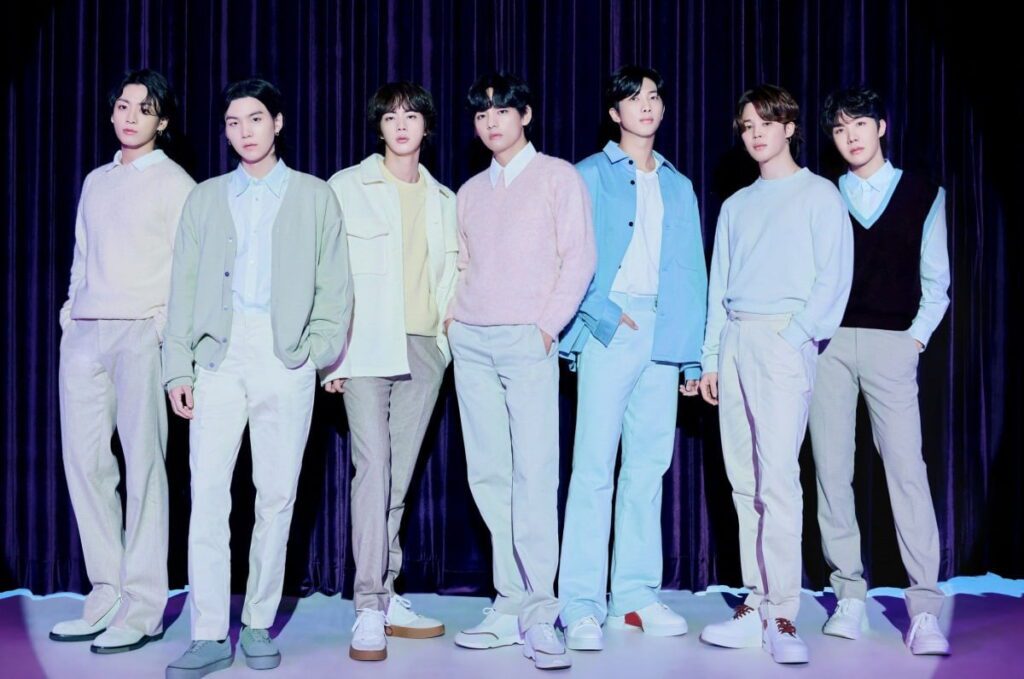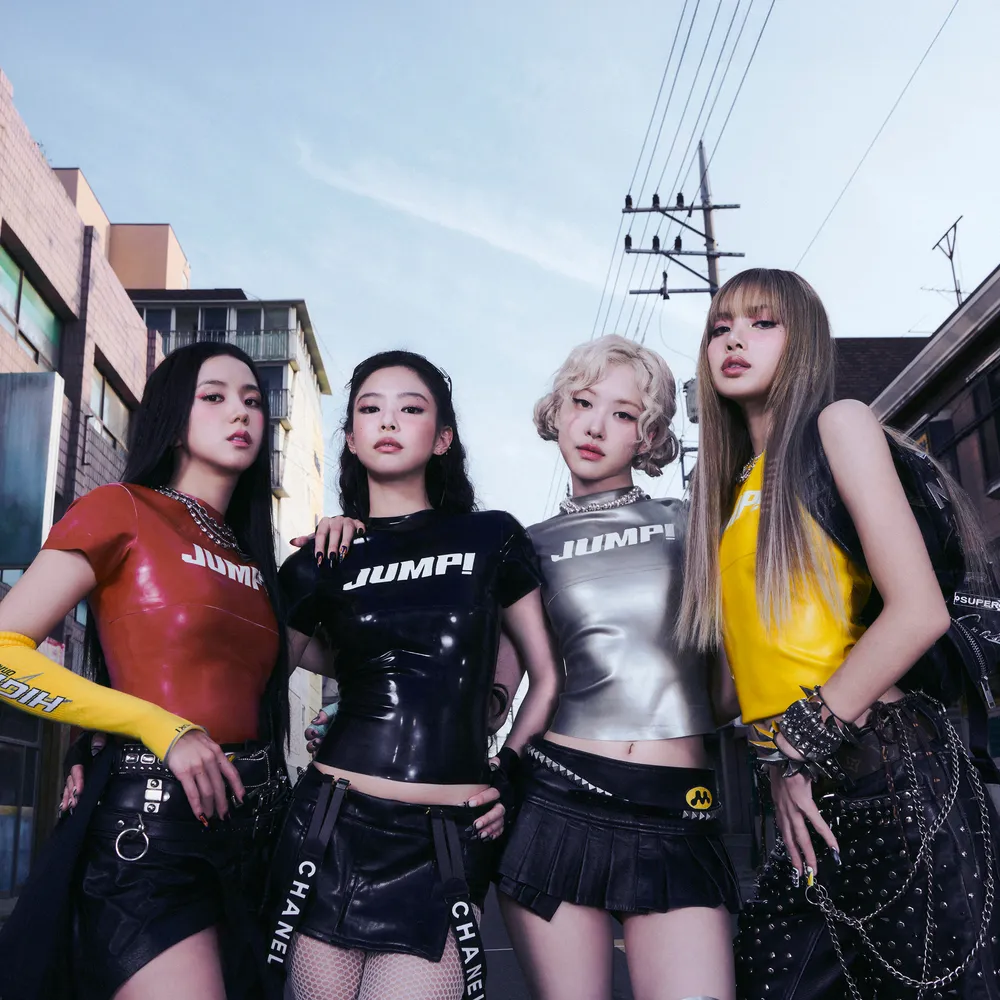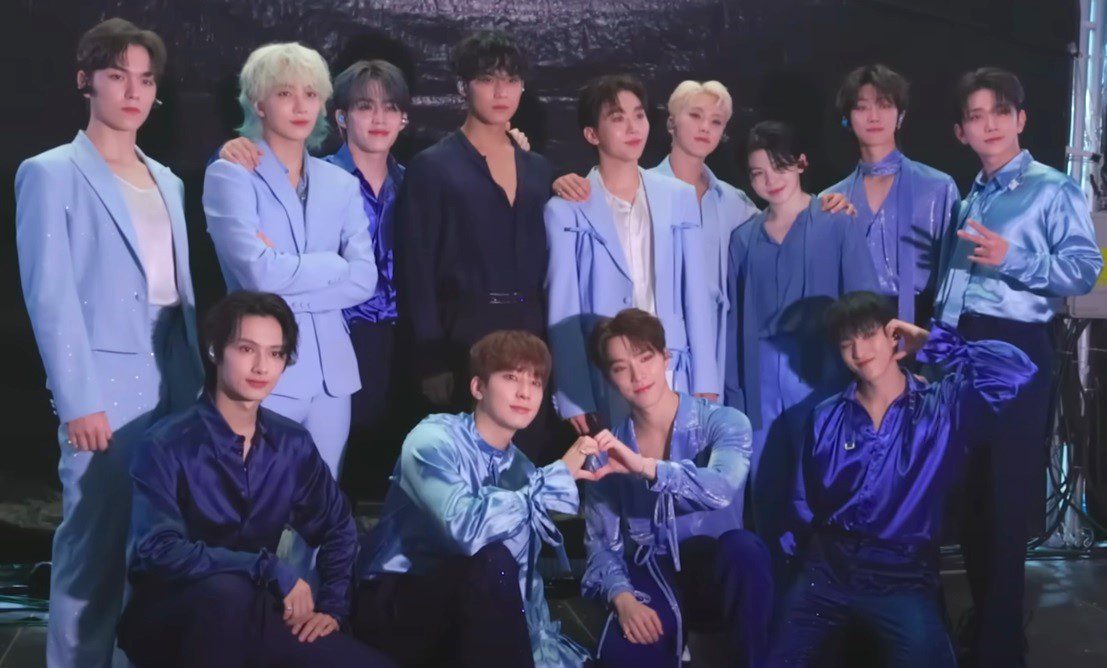
In K-Pop fan circles today, the ultimate compliment is “Hexagonal Idol” (육각형 아이돌, Yuk-gak-hyeong Idol). This term refers to an idol who is perfect in every aspect—like a character’s stats graph filled out completely in six directions—including dancing, singing, rapping, visuals, variety skills, and even production capabilities.
In the past, roles within a group were clearly defined: ‘main vocalist,’ ‘main dancer,’ or ‘visual.’ However, in the current K-Pop market, being an All-rounder is no longer an option—it’s an essential survival condition. Why has K-Pop become so obsessed with this ideal of perfection?
1. Defining the ‘Hexagonal Idol’: An Ace in Every Position

The term ‘Hexagonal Idol’ goes beyond simply meaning “good at everything.” It refers to talent who possesses all the core competencies demanded by the K-Pop industry at the highest level.
- Vocal: Stable live singing skills are fundamental.
- Dance: Powerful choreography execution and unique ‘dance lines.’
- Rap: Beyond just handling their parts, possessing actual lyric-writing (rap-making) ability.
- Visual: Charismatic appearance and the ability to master any concept, effectively drawing in fandom.
- Talent (Variety/Charisma): Expressive stage performance, quick wit, and sense of humor in self-produced content and variety shows.
- Production (Creation Ability): Skill in songwriting, composing, and overall production. (A talent that has become increasingly crucial.)
While in the past, excelling in just one or two of these areas might have earned one the title of ‘ace,’ idols who can now master all of them have established themselves as the new standard in K-Pop.
2. The 3 Reasons Why K-Pop Demands the ‘All-Rounder’

This trend is a result of the fundamental shift in the K-Pop market structure combined with the evolution of its fandom.
① The Era of ‘Self-Production’ and ‘Authenticity’
K-Pop fans are no longer satisfied with the image of a ‘manufactured idol.’ They enthusiastically support idols who directly create their own music and express their own messages, such as Soyeon of (G)I-DLE or 3RACHA of Stray Kids.
- Ensuring Authenticity: ‘Self-production’ is the clearest proof of an artist’s identity and sincerity.
- Storytelling: Fans feel a deeper connection by watching the idols’ music-making process (behind-the-scenes). They form stronger bonds over music that reflects the members’ thoughts rather than just music dictated by the agency.
② The Rise of Sophisticated Fan Expectations
K-Pop fans are no longer passive ‘consumers.’ They are ‘prosumers’ who compare and analyze countless stage performances, fancams, and practice videos.
- Expanded Comparison Field: They compare the idols’ skills not just with domestic artists but also with global performers, critically evaluating every detail of live performance and choreography.
- The Absence of ‘Weak Links’: If even one member is perceived as weak, it can easily lower the perceived quality of the entire group. Fans now strongly prefer groups where all members are at an elevated, ‘leveled-up’ standard.
③ The Arrival of Multi-Platform Environments and ‘Short-Form’ Content
The main stage for idols is no longer just the TV music show. They must survive across all platforms: YouTube (self-produced content), TikTok/Reels (short-form challenges), and Fandom Platforms (communication).
- Short-Form Challenges: To capture the public’s attention in just 15 seconds, perfect dance skill and expressive facial performance (charisma) are essential.
- Self-Produced Content: In vlogs and ‘self-content’ covering their daily lives, planning and variety skills are crucial.
- Demand for Versatility: It’s not enough to just be a good singer or a good dancer. To survive in this multi-platform environment, an idol must be a ‘multi-player’ who can appeal to audiences everywhere.
3. The Light and Shadow of the ‘Hexagonal Idol’ Era

This ‘All-rounder’ trend has dramatically raised the overall skill level of the K-Pop industry, a key driving force behind K-Pop being recognized globally as a ‘talent powerhouse.’
However, on the flip side, there is extreme pressure placed on idol trainees and active idols. The compulsion for ‘perfection’—requiring them to master vocals, dance, rap, foreign languages, instruments, and production even before debut—can threaten their mental and physical well-being.
In conclusion, the golden age of the ‘Hexagonal Idol’ is an inevitable result created by the combination of a highly evolved fandom and a fiercely competitive K-Pop market. It is the clearest evidence that K-Pop has evolved beyond merely ‘listening’ music into an all-encompassing content industry that is meant to be ‘watched, communicated with, and grown alongside.’
Who do you think is the best ‘Hexagonal Idol’ of the current era? Share your thoughts in the comments below!